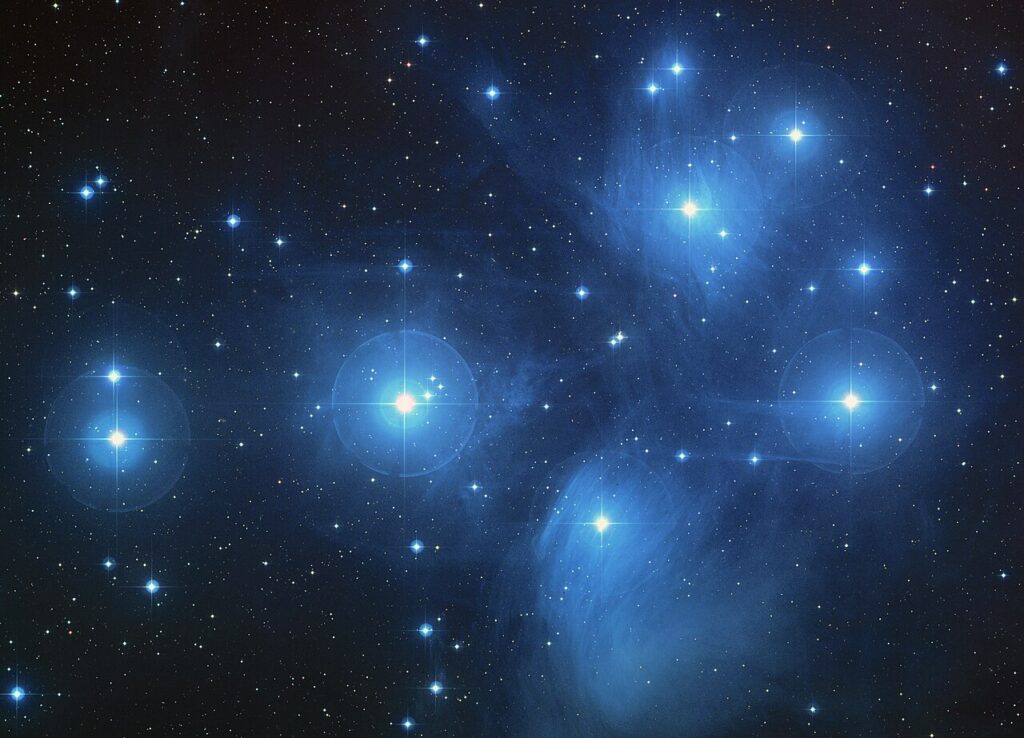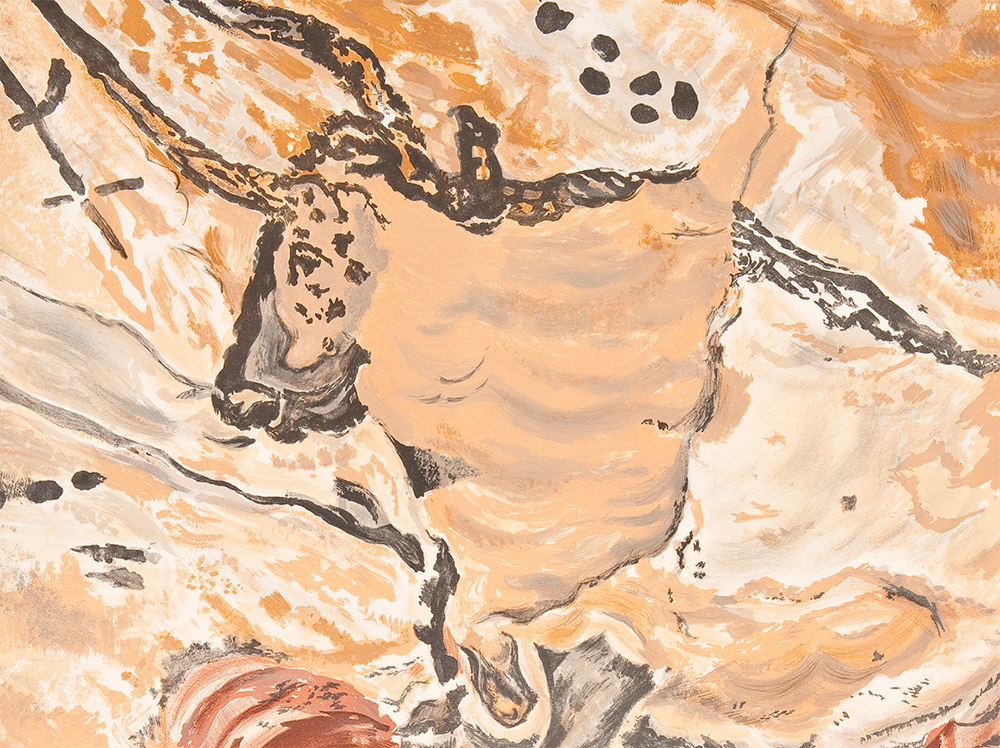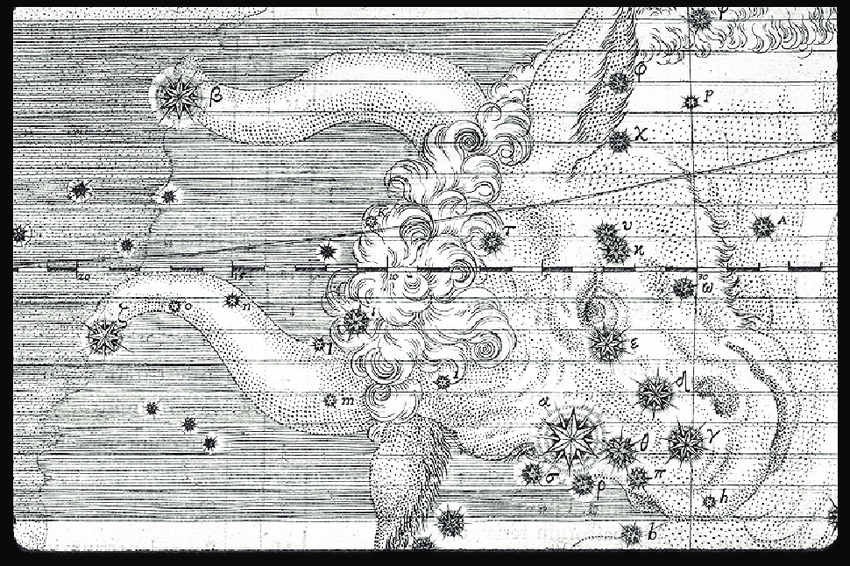This month's constellation is Taurus, the Bull.
First off, here's the file with the stars plotted for this constellation.
With that out of the way, Taurus is probably my favorite zodiac constellation, probably because of how easily recognizable it is, even from the city. The bright star Aldeberan, in the upper left of the "V" is always visible. And sitting just west of the similarly easy to find constellation of Orion, Taurus just feels very welcoming to me as a familiar sight in the winter sky.
Taurus is associated with the first letter of the Hebrew alphabet (א). This may seem odd since Aries is generally considered to be the first constellation in the zodiac. However, due to precession of the equinoxes, Taurus was the sign the sun was just beginning to enter ~4,000 years ago. This is likely a carry-over from that era. Today, astrology still defines Aries as the first constellation despite the sun actually entering Pisces on the spring equinox.
As a home for deep sky objects, Taurus has a few that are notable. The most obvious lies well outside the body of the constellation itself, but is the immediately recognizable cluster of the Pleiades also known as M45.

Those unfamiliar with amateur astronomy often mistake this as the little dipper as these young stars are far brighter than most of the stars in the actual little dipper. But it may also look familiar as the brightest stars are used as the logo for the car company Subaru, which is the Japanese name for this cluster.
While charming with the naked eye alone, even a set of binoculars or small telescope will bring out many more stars and hits of the wispy nebulosity that are the remnants of the gas the cluster formed from, which was estimated to be in the past 100 million years.
But what I find really amazing about this cluster in conjunction of Taurus is that this cave painting in Lascaux, France dating to 15,000 BCE depicts just this:

In it, we see a bull with a cluster of dots up and to the right of it, in approximately the position we'd expect for the Pleiades. It's a compelling suggestion that humanity has been looking at this collection of stars as a bull since before recorded history!
And the stars of Taurus themselves are also interesting as many of the stars are not just in a similar part of the sky but are, in fact, related. Many of them belong to the cluster known as the Hyades. This cluster is much older than the Pleiades so it's drifted apart. But modern analysis of the stars can confirm that they're at roughly the same distance, moving in a similar manner, and have a chemically similar makeup. The age of this cluster is estimated at about 625 million years.
Another exciting deep sky object is the crab nebula (M1). This is a bright remnant of a supernova that was observed by astronomers across the world in 1054 CE.

That's it for a tour of the constellation. Next month we'll be looking at Gemini!
